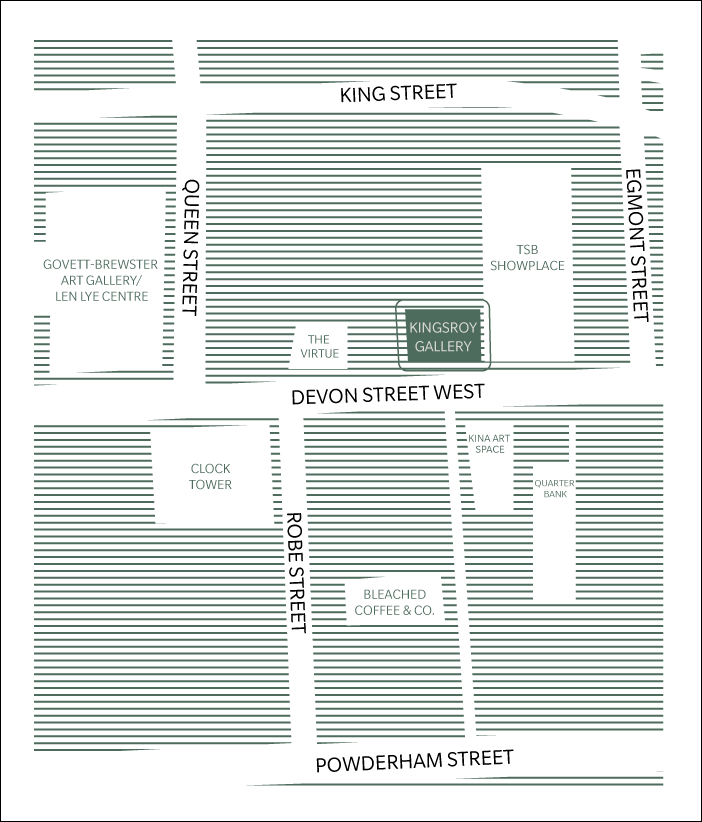Timeworn and hidden away in his mother’s attic, his grandmother's chopping board bore a crude inscription reading Jonathan is a Dick, a relic of sibling mischief from the late 1970s or early 1980s.
Intrigued by the raw honesty and permanence of this childhood graffiti, Campbell cast the board in bronze, transforming insult into artefact. This act sparked a wider investigation into hand-carved graffiti in public spaces.
Campbell began collecting impressions of similar markings—names, phrases, symbols — etched into park benches, picnic tables, and clay banks. These public yet intimate scrawls told stories of late-night gatherings, rebellion, humour, and human presence.
Often, the locations revealed more than words: syringes, aerosol cans, bottles, cigarette butts, condoms, and the occasional rat, alive, dead, or suggestively near, offered a darker counterpoint to the daylight tranquillity of these spaces.
Rats, abundant in these environments, became a recurring motif in Campbell’s compositions. Their inclusion adds narrative texture and nods to the subversive
presence of Banksy’s iconic rats in contemporary street art.
Using direct moulds taken on site, Campbell cast these fragments of urban expression in bronze at his own foundry in Wellington. He then hand-painted the gouges to highlight their original intent, layering the works with both permanence and poignancy.







